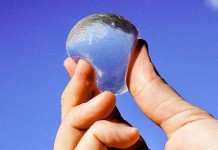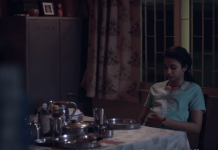Brazilian health authorities have sounded alarm bells about a mosquito-borne virus Zika that could be the cause of thousands of infants being born with damaged brains. Zika was first discovered in forest monkeys in Africa over 70 years ago.
Authorities said the Zika virus was found in a baby with microcephaly – a rare condition in which infants are born with shrunken skulls – during an autopsy after the child died. The virus was also found in the amniotic fluid of two mothers whose babies had the same condition.
The Health ministry calls the situation unprecedented in its website. Brazil is investigating more than 2,400 suspected cases of microcephaly and 29 deaths of infants that occurred this year as against only 147 cases last year.
Angela Rocha, a pediatric infectious diseases specialist in Pernambuco, one of the hardest-hit states, told CNN in an interview that the situation is so overwhelming that even women want to hold off on getting pregnant.
“These are newborns who require special attention throughout their lives. It’s an emotional stress that can’t be imagined,” he said, adding “we are talking about a generation of babies that’s is going to be affected.”
Until a few years ago, human infections with the virus were almost unheard of. Then, for reasons scientists can’t explain but think may have to do with the complicated effect of climate change, it began to pop up in far-flung parts of the world.
In 2007, it infected nearly three-quarters of Yap Island’s 11,000 residents. In 2013, Zika showed up in Tahiti and other parts of French Polynesia and was responsible for making an estimated 28,000 people so ill they sought medical care. It arrived in Brazil in May last where tens of thousands have fallen ill.
The World Health Organization which is monitoring the spread of the virus closely and issued an alert about the situation in Brazil reported this month that it had popped up for the first time in the West African nation of Cape Varde and that it had led to additional illness in Panama and Honduras.
Watch the video to get more details.

























